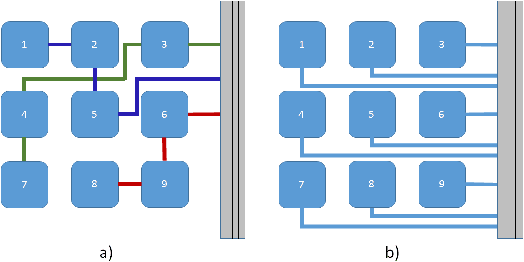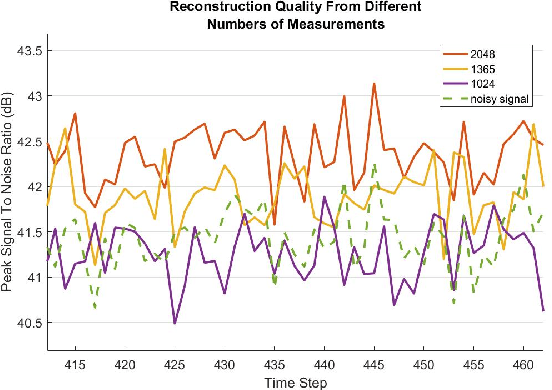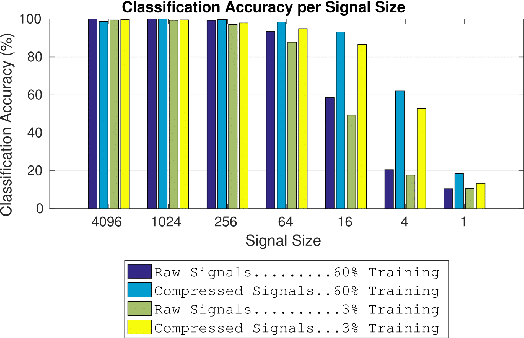Compressed Sensing for Scalable Robotic Tactile Skins
Paper and Code
May 12, 2017



The potential of large tactile arrays to improve robot perception for safe operation in human-dominated environments and of high-resolution tactile arrays to enable human-level dexterous manipulation is well accepted. However, the increase in the number of tactile sensing elements introduces challenges including wiring complexity, data acquisition, and data processing. To help address these challenges, we develop a tactile sensing technique based on compressed sensing. Compressed sensing simultaneously performs data sampling and compression with recovery guarantees and has been successfully applied in computer vision. We use compressed sensing techniques for tactile data acquisition to reduce hardware complexity and data transmission, while allowing fast, accurate reconstruction of the full-resolution signal. For our simulated test array of 4096 taxels, we achieve reconstruction quality equivalent to measuring all taxel signals independently (the full signal) from just 1024 measurements (the compressed signal) at a rate over 100Hz. We then apply tactile compressed sensing to the problem of object classification. Specifically, we perform object classification on the compressed tactile data based on a method called compressed learning. We obtain up to 98% classification accuracy, even with a compression ratio of 64:1.
 Add to Chrome
Add to Chrome Add to Firefox
Add to Firefox Add to Edge
Add to Edge